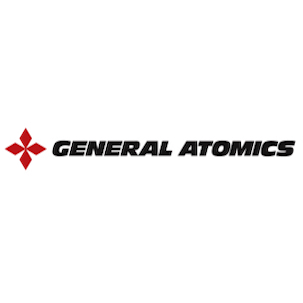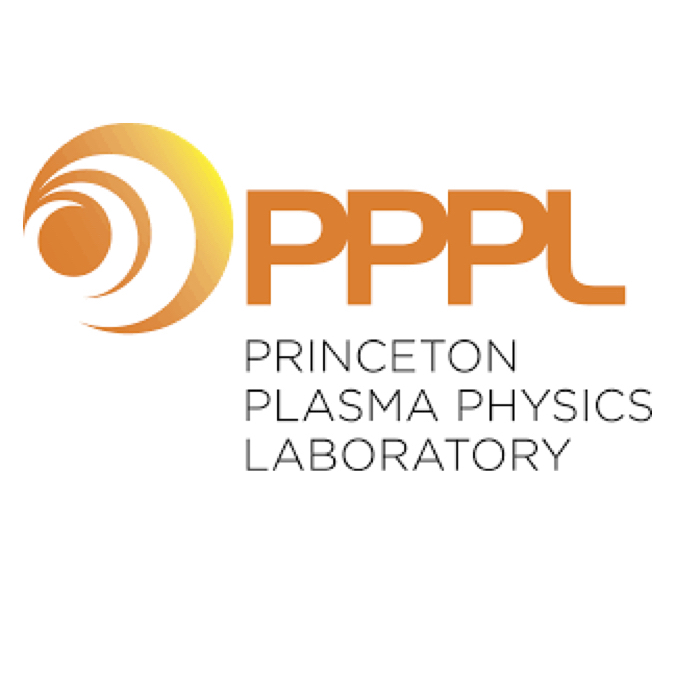Advanced Model-based Density Control on KSTAR as Testbed for ITER Operation
E. Schuster, S. T. Paruchuri, H. Al Khawaldeh, V. Graber, T. Sing, A. Pajares, J-W. Juhn, S. Park
3rd International Fusion and Plasma Conference (iFPC 2024)
Seoul, South Korea, June 24-28, 2024
Density control in present devices is routinely carried out through feedback control by regulating the gas
valve openings in response to the difference between requested and measured plasma density. The
performance of the single-loop feedback controller is usually affected by the limited capabilities of the
gas valves, which can inject particles but cannot remove them. Moreover, the effectiveness of density
control by gas puffing depends heavily on the plasma conditions (e.g., L-mode vs H-mode).
Unfortunately, the problem will be even more challenging in ITER and future fusion reactors. This is
because these nonlinear effects will be even more severe and the control requirements will be much more
demanding, since effective density regulation, including the isotope-ratio regulation, will be critical for
burn control. Moreover, it is expected that density control, particularly through gas puffing, will offer
higher coupling with other objectives in long-pulse reactor operation such as detachment control and
ICRF-plasma coupling. On the actuation side, the gas valves in ITER are positioned far away from the
vessel, which introduces large lags/delays. The effectiveness of gas fueling is further reduced in ITER
because of the increased difficulty for neutral gas particles to penetrate the hot plasma core, which offers
edge temperatures of the order of 1 keV [1]. Fortunately, fueling by pellet injection will be available in
ITER. Pellets of frozen fuel will have the capability of penetrating deeper into the plasma core. However,
this fueling approach, which is largely unexplored in present devices, will offer its unique challenges,
such as the size and velocity effects on the spatiotemporal dynamics of the plasma, the discrete-time
nature of the actuation, and the ablation and penetration dependence on the plasma conditions. The
overall goal of this project is to demonstrate ITER-like density control on KSTAR by simultaneous use
of gas puffing and pellet injection, taking into account the effects introduced by vacuum vessel pumps
and plasma-facing components. This project intends to exploit the recent commission on KSTAR of a
pellet injection system [1] capable of injecting pellets of deuterium (diameter of 2 mm, length of 1.5–2
mm) at a velocity above 200 m/s with an injection frequency of 1–20 Hz. An overview of present work
on both zero-dimensional and one-dimensional control-oriented modeling will be provided. Moreover,
an assessment of the modifications that are needed in the KSTAR Plasma Control System to enable not
only testing of feedback-control solutions but also emulation of ITER-like conditions will be stated.
Finally, the impact of the gas-puffing lags/delays on density-control performance, in particular on the
bandwidth of the closed-loop system, will be quantified. This is critical to decide in what timescale
fueling by gas puffing is an effective control mechanism. Possible control solutions to tackle these fueling
limitations will be discussed and their performance will be assessed in nonlinear closed-loop simulations.
[1] S.-H. Park et al., Fusion Engineering and Design 146 (2019) 2430–2433.
This work was partially supported by the US Department of Energy under awards DE-SC0010537, DE-
FC02-04ER54698 and by the “KSTAR Experimental Collaboration and Fusion Plasma Research
(EN2401-12)” through the Korea Institute of Fusion Energy (KFE).







